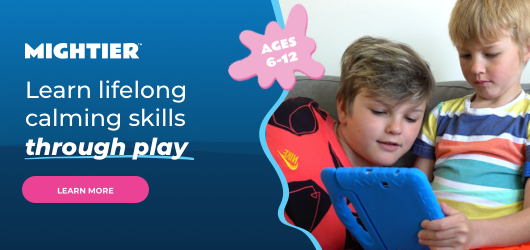For Meg Bloom, a walk in the woods isn’t just a walk. She’s likely to come home with bark and twigs and vines, all destined to become part of her art. In Buried in the Bones, on exhibit at City Gallery through February 28, Bloom brings together homemade paper and artifacts from nature into a powerful body of work that speaks to the sense of loss and hopelessness she’s felt in the face of environmental and civic calamities on many fronts.
Black (2020) is perhaps the simplest work in the exhibition. Like ash rising from a fire, this large, brittle, charred fragment of paper looks like an artifact of disaster. Barely held together in one piece, its right side tips downward as if it’s about to fall. There’s a strange beauty in its irregular edges, its rippled paper surface and its rich, chalky color, but mostly it suggests something so destroyed there’s no hope of repair.
sponsored by
Black is made solely of pigmented paper, but the fact that Bloom incorporates found elements from nature into much of her other work hints at the possibility that not all is lost. In Found (2020), Bloom wraps reedy twigs and slender leaves and bits of a wasp nest in ruffled husks of paper, creating a mortal bouquet. In Found again (in conversation) (2020), a single tall strip of paper reminiscent of an egg casing found on a beach is backed by bark and wrapped in the embrace of tiny dead vines as fine as lace. We know that the honeycombed fragments of the wasp nest or the long stems from a black walnut tree are part of a natural cycle of birth and death and rebirth. Therein lies hope that might otherwise be missing.
Early in her career Bloom worked with clay, but she wanted to create larger pieces, so she moved to more manageable materials like burlap and wire, silk and wax. Over the course of decades, those projects came to a natural end, and Bloom began looking for her next inspiration. She found it in the woods. “I saw this beautiful wet piece of wood that had opened up,” she remembers. “It literally looked like somebody had made these thin paper layers. It was so beautiful.” She went home and called an artist friend, Jennifer Davies, and asked for help learning how to work in paper.
sponsored by
Bloom began each of the works in Buried in the Bones by crafting the paper herself from kozo and abaca fibers, a labor-intensive process. Abaca paper, used in most of the pieces in this exhibition, involves soaking, then cooking, then beating the fibers into a pulp using a large mixer. Bloom, now in her 70s, has taken to purchasing pre-beaten fibers to mitigate some of the physical labor. She mixes the pulp with water and formation aid, pours it onto a screen to drain, sometimes embeds plant matter, pours another layer, and finally sculpts it as it dries over the course of several days.
Often, she adds colored pigment into the paper. A rich cobalt blue dominates In the light (2020), a roughly oval piece which hangs in one of City Gallery’s windows, filtering daylight through its thinnest, most vulnerable spots. Burning (2020) incorporates ruddy orange. In Been here (2021), a core of blood red paper drips from the hollowed-out remains of a wasp nest.
Buried in the Bones (2020), the large piece lending the exhibition its name, is the most conspicuous work on display. Bloom has created jungle-sized paper leaves with veins made from black walnut stems. Like detritus in an oversized compost pile, the leaves heap in one corner of the gallery and spill in a wave that falls and rises and falls again to the floor. They are delicate in form, yet sturdy in size, their edges lifted as if by a gentle breeze. Their pale fragility gives the appearance of death, yet the sense of movement as they assert themselves into the space suggests they aren’t finished yet.
Bloom speaks of the surprise of each piece, the part she can’t control: the way the paper will ripple and shrink and cling to the organic material she’s brought to it as it dries. She can encourage its shape, but not everything is within her power. The process is an apt metaphor for what it feels like to live through this time—indeed, what it feels like to live. You can shape what you’re given to work with, but even then, you can’t always anticipate or control how things will turn out. At least as far as her art is concerned, “I love that,” Bloom says. “There are people who that would not work well for… [but] part of what interests me is to go with the process.”
Buried in the Bones
City Gallery – 994 State St, New Haven (map)
Sat-Sun 2-4pm or by appointment through Feb 28
(203) 782-2489 | info@city-gallery.org
www.city-gallery.org/…
Written by Kathy Leonard Czepiel. Image 1, featuring Buried with the Bones (2020), provided courtesy of Meg Bloom. Image 2, featuring Meg Bloom, photographed by Kathy Leonard Czepiel.










